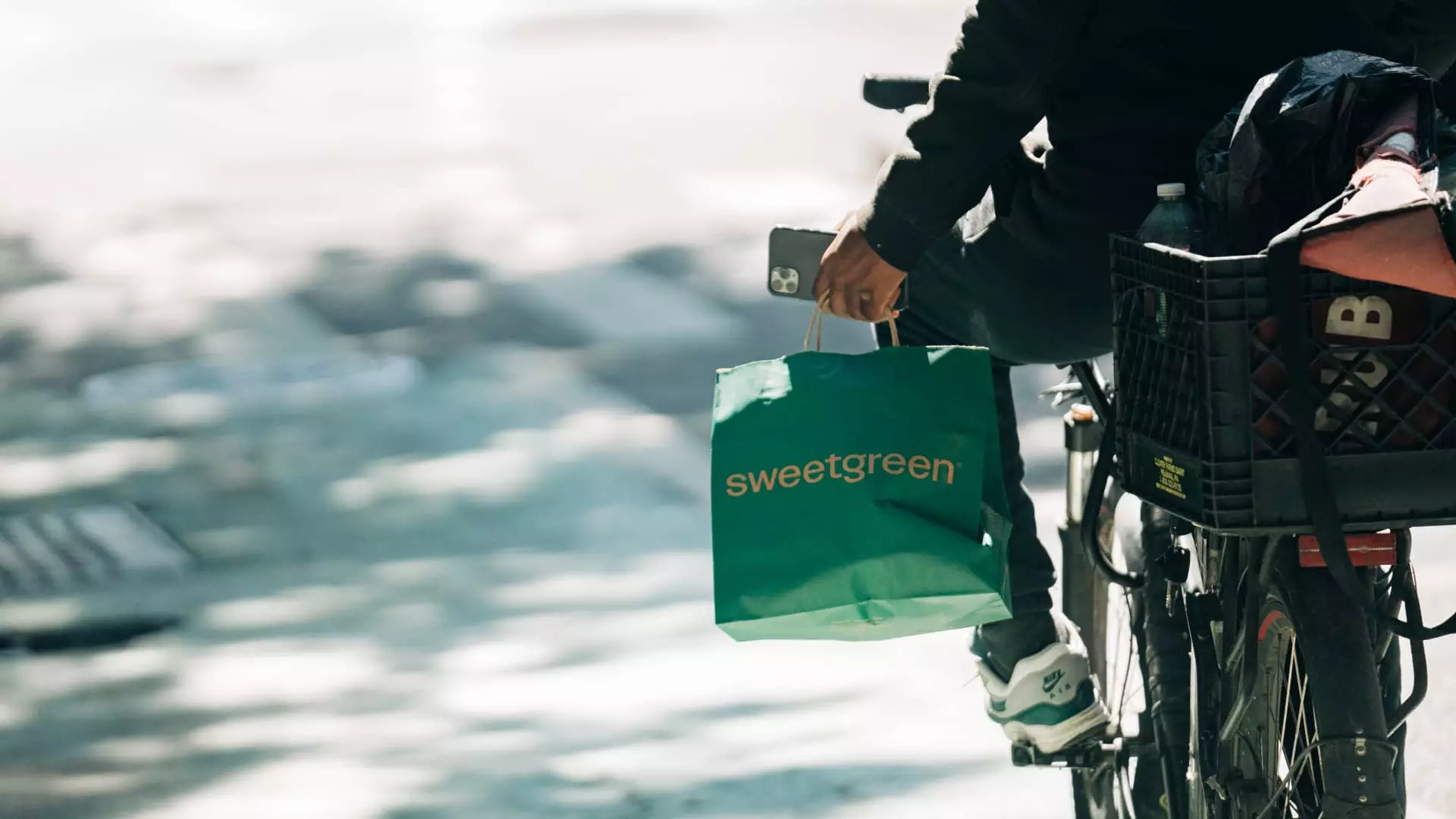GLP-1 drugs, including popular medications like Wegovy, Ozempic, Zepbound, and Mounjaro, have been shown to reduce the appetites of consumers. A recent survey conducted by Morgan Stanley revealed that individuals taking these drugs are spending less on eating out at restaurants and ordering takeout. This decrease in spending is expected to have a significant impact on the revenue of major restaurant chains and packaged snack manufacturers. The survey also predicts that the market for GLP-1 drugs could reach $105 billion by 2030, with an estimated 31.5 million people in the U.S. taking these drugs by 2035.
While food and beverage companies have expressed concerns about the potential decrease in revenue due to the rising demand for GLP-1 drugs, Morgan Stanley analysts believe that this pressure is manageable in the long term. They suggest that restaurants offering convenience and experience, in addition to food, will still attract consumers taking these medications. However, healthier fast-casual restaurants and coffee chains are better positioned to adapt to the changing consumer behaviors driven by GLP-1 drugs.
Companies at Risk
Morgan Stanley identifies certain food and beverage companies that are more at risk than others due to the impact of GLP-1 drugs. Packaged food companies like Hershey, with a focus on American consumer-focused snacks, are considered to be at higher risk. On the other hand, companies offering healthier food options, such as Vital Farms and Bellring Brands, are expected to benefit from the rise in GLP-1 drug usage. Among beverage companies, those producing alcoholic drinks, like Molson Coors and Diageo, are considered to be at the highest risk.
The survey conducted by Morgan Stanley found that consumers taking GLP-1 drugs are making substantial changes to their diets and spending habits. A majority of participants reported spending less on eating out at restaurants and ordering takeout since starting the medication. Additionally, there has been a decrease in consumption of snacks, confections, carbonated drinks, and alcohol. The survey also revealed a shift towards healthier food choices among participants.
Reduction in Food Consumption
Based on the survey results, Morgan Stanley predicts a significant decline in the consumption of various food categories by 2035. Foods like ice cream, cakes, cookies, candy, and regular sodas are expected to see a 4% to 5% reduction in consumption. Alcohol, frozen snacks, crackers, cereals, cheese, and energy drinks are also anticipated to experience a 3% decrease in consumption. On the other hand, foods like pre-packaged fruit juices, soups, sports drinks, and coffee are projected to have the least reduction in consumption.
The survey also highlighted a reduction in smoking habits among participants taking GLP-1 drugs, with a decrease in traditional cigarette and e-cigarette use reported. However, Morgan Stanley remains cautious about drawing conclusions on the impact of these medications on addictive behaviors like smoking. The firm is monitoring ongoing medical research in this area to better understand the relationship between GLP-1 drugs and addictive behaviors.
The increasing demand for GLP-1 drugs is expected to have a significant impact on consumer behavior and spending habits. While food and beverage companies may experience some revenue pressure, there are opportunities for companies offering healthier food options to thrive in this changing landscape. Understanding the implications of GLP-1 drugs on consumer behavior will be crucial for businesses to adapt and succeed in the evolving market.

Leave a Reply